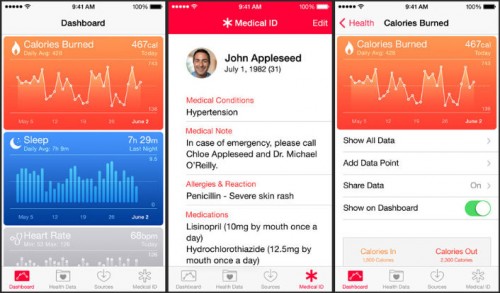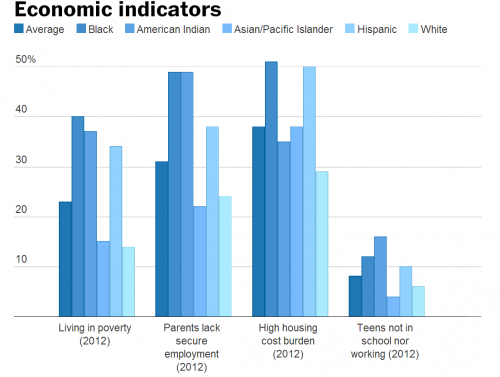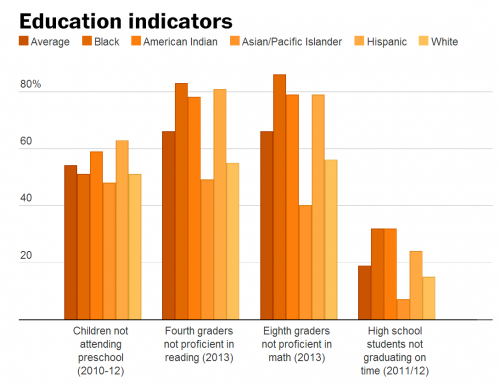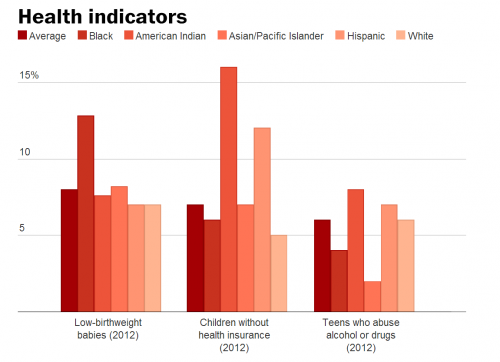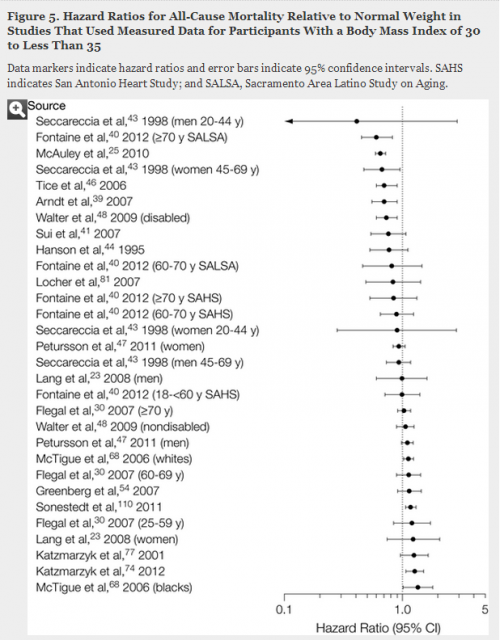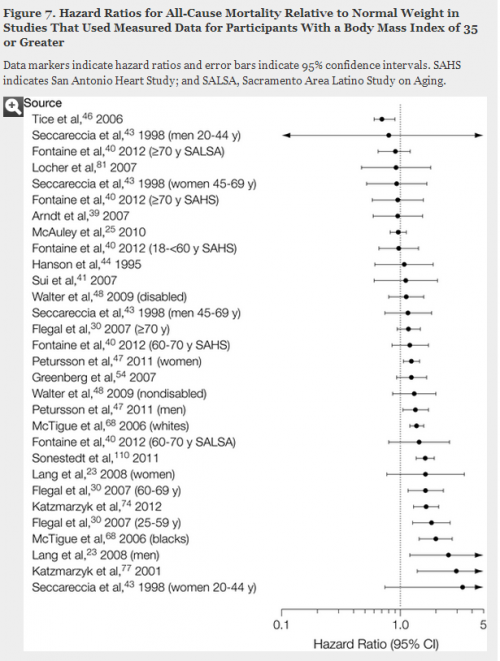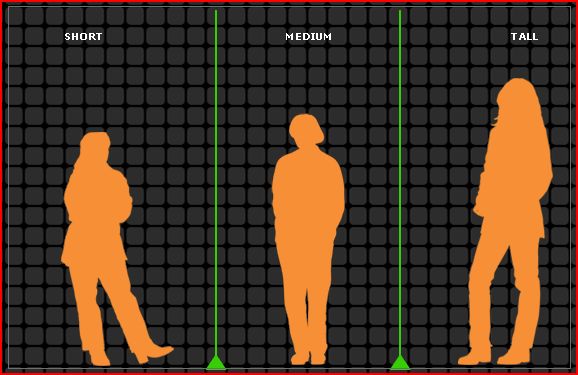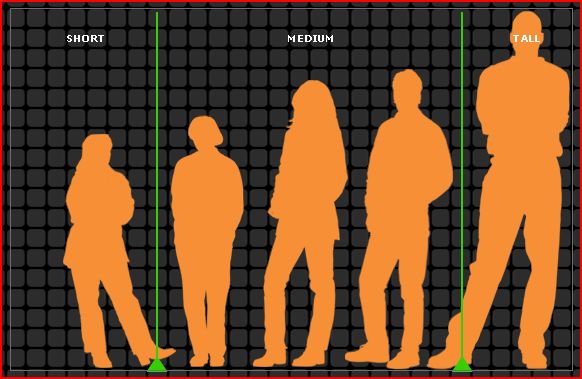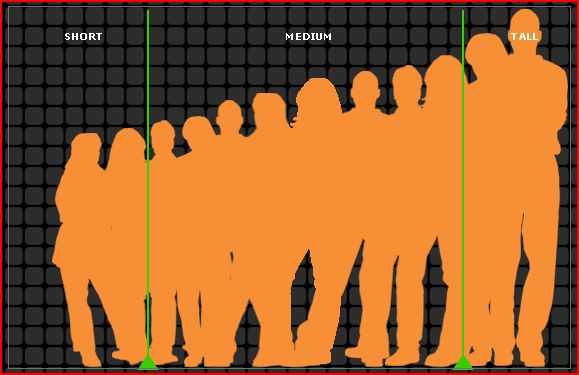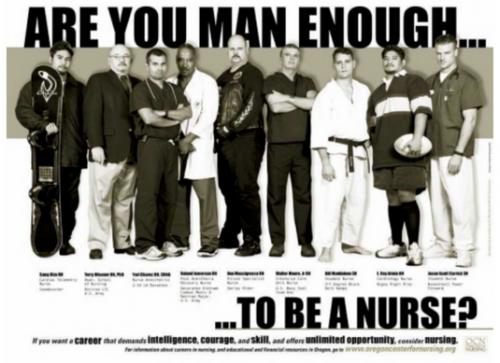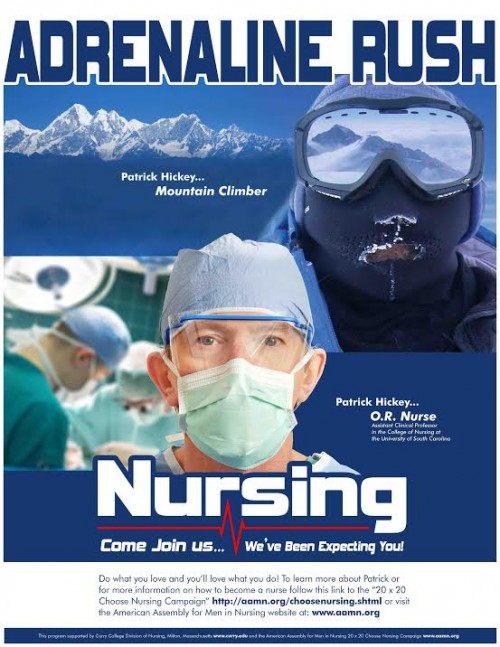In her provocative book, The Technology of Orgasm, Rachel Maines discusses a classic medical treatment for the historical diagnosis of “hysteria”: orgasm administered by a physician.
Maines explains that manual stimulation of the clitoris was, for some time, a matter-of-fact part of medical treatment and a routine source of revenue for doctors. By the 19th century, people understood that it was an orgasm, but they argued that it was “nothing sexual.” It couldn’t “be anything sexual,” Maines explains, “because there’s no penetration and, so, no sex.”
So, what ended this practice? Maines argues that it was the appearance of the vibrator in early pornographic movies in the 1920s. At which point, she says, doctors “drop it like a hot rock.” Meanwhile, vibrators become household appliances, allowing women to treat their “hysteria” at home. It wasn’t dropped from diagnostic manuals until 1957.
Listen to it straight from Maines in the following 7 minutes from Big Think:
Bonus: Freud was bad at this treatment, so he had to come up with some other cause of hysteria. After all, she says, “this was the guy who didn’t know what women wanted.” No surprise there, she jokes.
Cross-posted at Pacific Standard.
Lisa Wade, PhD is an Associate Professor at Tulane University. She is the author of American Hookup, a book about college sexual culture; a textbook about gender; and a forthcoming introductory text: Terrible Magnificent Sociology. You can follow her on Twitter and Instagram.

